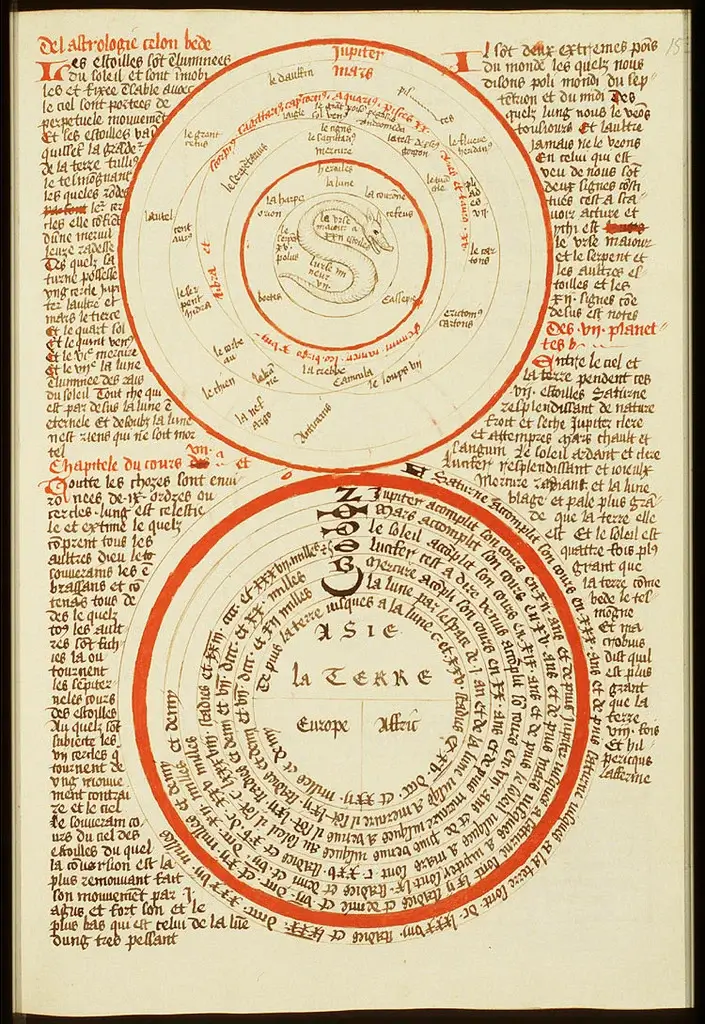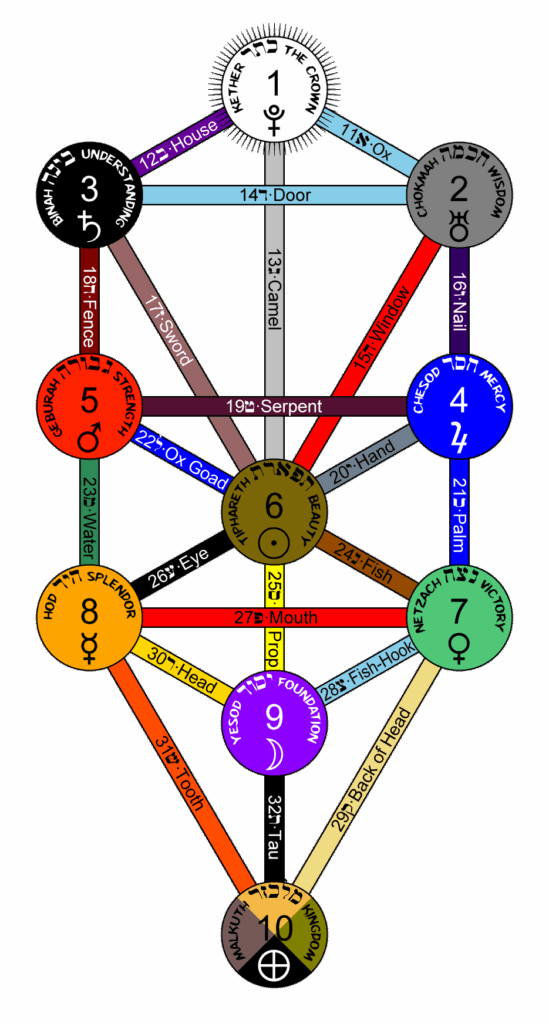
Planetary Magic: A Dance Among the Stars
When we think of magic, we often picture candles, circles, and curious old books. But look a little higher and you’ll find something even older guiding the work of magicians: the planets.
Planetary magic is one of the oldest branches of Western esotericism. It’s the art of working with the unique forces associated with the seven classical planets (those visible to the naked eye) each has its own temperament, symbolism, and spiritual potency. For thousands of years, mystics, magicians, and astrologer-priests have looked to the sky not just for signs, but for power.
Let’s take a stroll through time, and see where this practice comes from, and why it still matters.
The Seven Who Wander
First, the players:
In classical planetary magic, we work with:
| Planet | Hebrew Name | Properties |
|---|---|---|
| Moon | Yesod | Intuition, dreams, emotions |
| Mercury | Hod | Intellect, communication, magic itself |
| Venus | Netzach | Love, beauty, pleasure |
| Sun | Tiphareth | Vitality, clarity, divine self |
| Mars | Geburah | Strength, will, conflict |
| Jupiter | Chesed | Expansion, wisdom, prosperity |
| Saturn | Binah | Discipline, structure, boundaries |
You might notice that this table maps neatly onto the Tree of Life in Qabalistic magic. That’s no accident. The planets form the backbone of many Western occult systems, including Hermeticism, astrology, and ceremonial magic.

These “wandering stars” were observed and revered by the Babylonians, Egyptians, Greeks, and Romans, and later taken up by Renaissance magicians, Rosicrucians, and the Golden Dawn.
From Temples to Grimoires: A Brief History
Ancient Beginnings
The Babylonians were some of the first to chart the planetary bodies and associate them with deities. Their planetary deities laid the foundation for later magical systems, particularly through astrology.
Greek and Hellenistic Magic
The Greeks refined these ideas, blending planetary worship with philosophy. The seven planets were linked to metals (Saturn = lead, Mars = iron, etc.) and spiritual hierarchies. In Hermeticism, the esoteric philosophy attributed to Hermes Trismegistus, the planets were thought to form levels of spiritual ascent, with the soul passing through their spheres after death.
Medieval & Renaissance Magic
During the Middle Ages, the planets were assigned archangels, spirits, and intelligences in the grimoires, magical textbooks like the Picatrix, The Key of Solomon, and Three Books of Occult Philosophy by Agrippa. Each planet had its day, its hour, its incense, its colours, and a magical square. The planetary energies were invoked for specific aims: Venus for love, Saturn for banishment, Mercury for eloquence, and so on.
The Golden Dawn & Beyond
In the 19th and 20th centuries, occultists like the Hermetic Order of the Golden Dawn and later practitioners like Aleister Crowley and Israel Regardie synthesized planetary magic with Qabalah, alchemy, and ceremonial ritual. They revived ancient correspondences and gave them fresh symbolic life.
So… What Is Planetary Magic?
At its heart, planetary magic is about tuning into the archetypal energies that the planets represent. In planetary magic, the planets are more than just far off balls of gas and rock, they’re mirrors of the psyche, reflections of divine patterns in motion.
To practice planetary magic, a magician might:
- Work on the planetary day and hour (e.g., Jupiter on Thursday)
- Use associated colours, metals, herbs, and sigils
- Invoke or evoke planetary spirits or angels
- Perform meditations or rituals to balance, amplify, or integrate planetary energies
- Use talismans or seals created under specific astrological conditions
Why It Still Matters
In a time when life feels increasingly chaotic, planetary magic offers rhythm. It reminds us that everything unfolds in cycles, expansion and contraction, light and shadow, Mars and Venus. It connects us not only to the stars, but to something timeless within ourselves.
When we invoke Jupiter, we’re not just calling on some Roman deity, we’re affirming abundance and generosity in our own spirit. When we honour Saturn, we’re confronting boundaries and mortality, and maybe learning to work with them instead of against them.
Final Thoughts
Whether you’re brand new to magical practice or deep into the grimoires, planetary magic is a worthy thread to follow. It connects the practical with the mystical, the cosmic with the personal. And if nothing else, it’s a beautiful reminder that we live in a universe full of patterns and power.
So next time you look up at the sky and see a wandering star, know that you’re not just stargazing. You’re standing in a tradition that spans millennia, and just maybe, you’re listening to a very old song that’s still being sung.
